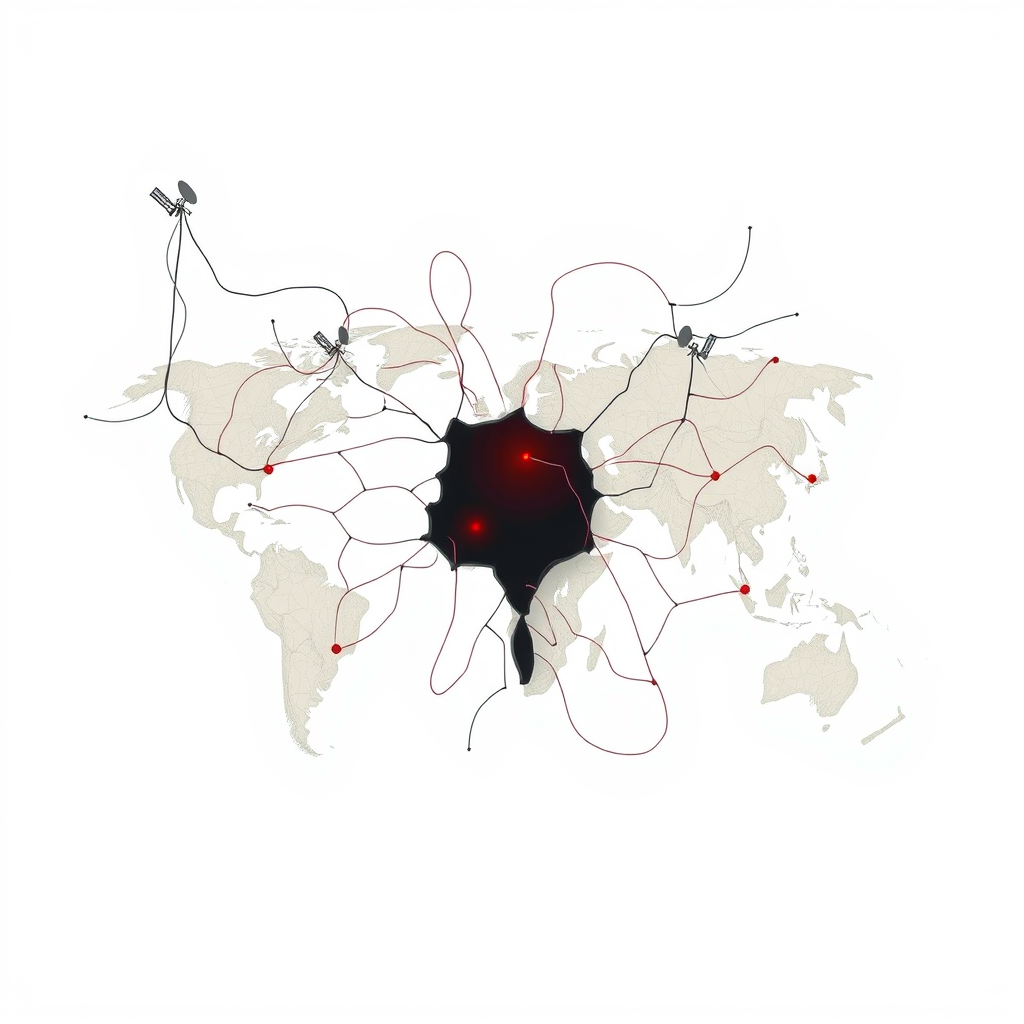Future Wars Will Target Your Infrastructure, Not Cities

The future of conflict isn’t about destroying cities, but crippling them by targeting the essential infrastructure that underpins modern life. A shift is underway, moving away from traditional kinetic warfare towards a strategy of systemic disruption, exploiting vulnerabilities in the very systems designed for efficiency and connectivity. Recent events – from Russia’s war in Ukraine to ransomware attacks like Colonial Pipeline and the SolarWinds hack – aren’t isolated incidents, but harbingers of a new battlefield: critical infrastructure.
Ukraine’s dependence on Starlink, while providing a vital communication lifeline, highlights a dangerous reliance on a privately-owned system, effectively placing a geopolitical chokepoint in the hands of a single entity. This dependence extends beyond Ukraine, with the same provider crucial for operations at the International Space Station, raising questions about the continuity of international scientific collaboration.
Meanwhile, advanced persistent threats like China’s Volt Typhoon are actively compromising Western infrastructure across vital sectors – energy, transportation, communications, and water – positioning themselves for future disruption. The 2021 Colonial Pipeline attack and the 2022 Amazon Web Services outage demonstrated the cascading effects of infrastructure failure, paralyzing fuel distribution and rippling through the U.S. economy. The SolarWinds hack revealed how a single point of failure could grant foreign intelligence agencies access to countless government and private sector systems.
These attacks aren’t about brute force; they’re about exploiting centralization. Adversaries – state and non-state alike – are recognizing the disproportionate impact of disrupting essential services. A severed fiber optic cable, a GPS spoofing attack, or a corrupted DNS entry can be far more effective than traditional military strikes. China, Russia, Iran, and cybercriminal groups aren’t planning direct assaults on major cities; they’re aiming to quietly disable them.
Western military doctrine, still heavily focused on kinetic parity and power projection, is lagging behind this evolving threat. A new doctrine of resilience is urgently needed, one that prioritizes redundancy, diversification, and graceful degradation.
Several key steps are crucial. Nations must diversify critical dependencies, avoiding reliance on single providers for internet connectivity, launch services, cloud computing, or data exchange. A thorough mapping and understanding of chokepoints – identifying vulnerabilities in cables, corridors, and cloud dependencies – is essential. Implementing resilient-by-design architecture, mirroring Estonia’s “digital twin” model, can create secure offshore backups. Systems must be designed to degrade gracefully under duress, avoiding total failure. Finally, alliances like NATO and the EU must integrate infrastructure resilience into their collective defense strategies, sharing risk maps and developing decentralized defense capabilities.
Strategic deterrence in the 21st century isn’t just about overwhelming force; it’s about survivability. Resilient systems resist, reroute, absorb shock, and continue functioning under strain. This “friction” is the new firepower.
We aren’t preparing for the next war; we are already in its early stages. Cyberattacks, infrastructure sabotage, and platform capture are no longer theoretical threats; they are operational tools being used in real time. Treating infrastructure as a given is no longer an option. It must be defended as a frontline. The current approach is dangerously complacent, and a fundamental shift in strategic thinking is essential to safeguard the foundations of modern society.